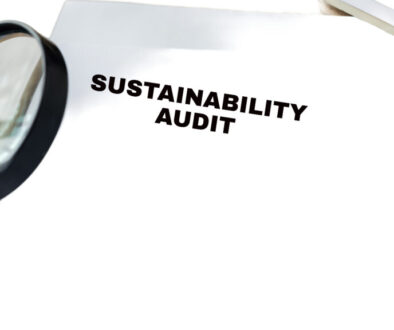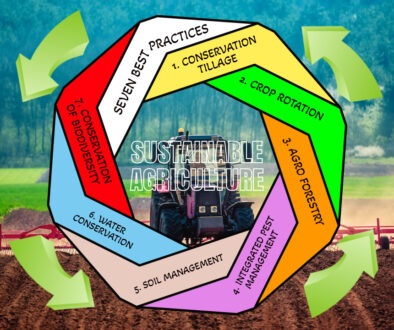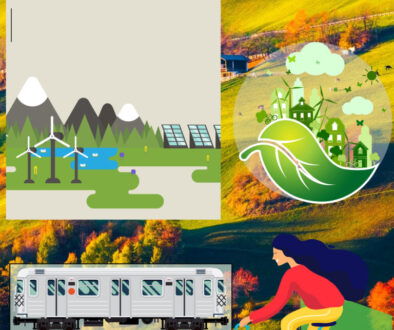Understanding Biodiversity
Biological diversity (biodiversity), essentially defined as the existence of millions of species in various ecosystems and the interrelationship among these ecosystems, has, since industrialization took hold of planet earth, witnessed changes in landscape, seascape and the skies. These were brought about by various forms of disturbances, one being natural in nature (biological), essentially the major type of disturbance prior to global industrialization and then subsequently becoming more a result of human action (non-biological) in the 19th, 20th and 21st centuries. Surprisingly what took millions of years for earth to nurture the richness in biodiversity, which man’s forefathers had the luxury to enjoy, took man only 300 or so years to exploit nearly to the point of extinction. Based on a thorough analysis of relevant evidences, the five direct drivers of change in nature, with the largest relative impact are, in descending order, (1) changes in land and sea use, (2) direct exploitation of organisms, (3) climate change, (4) pollution and (5) invasive alien species.[1]

This content is locked.
Only members can access this page, please register or login.


